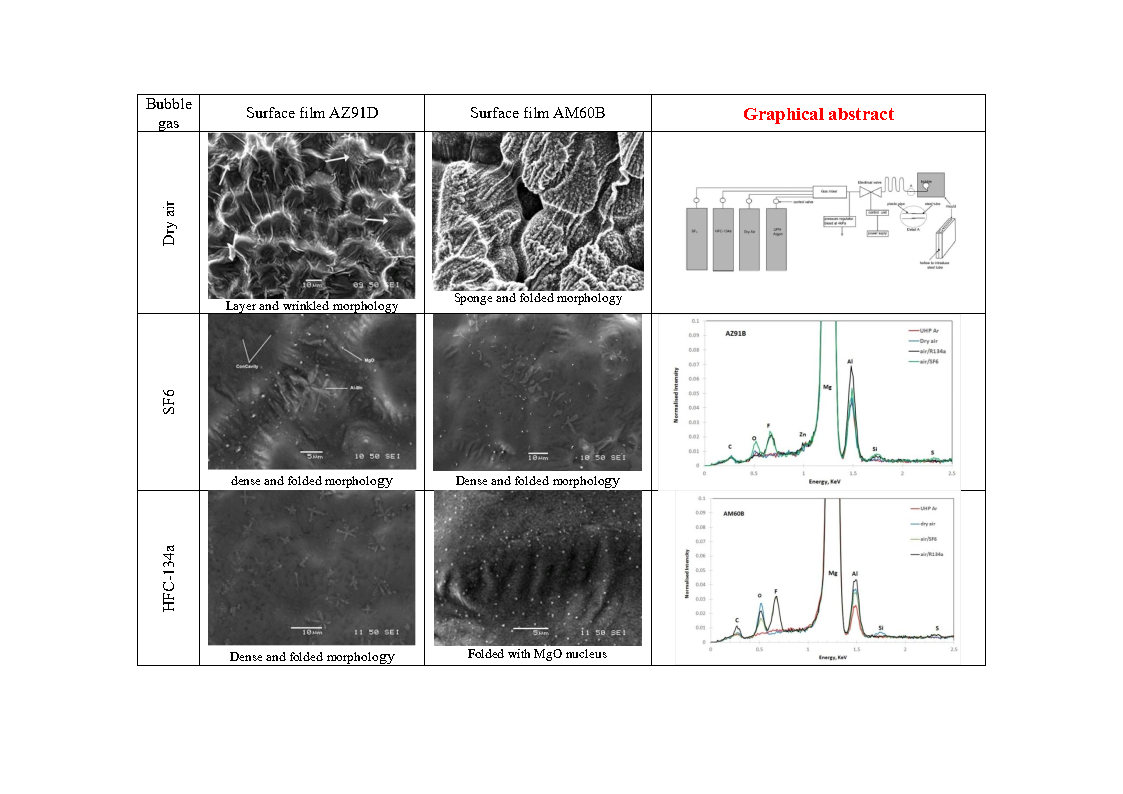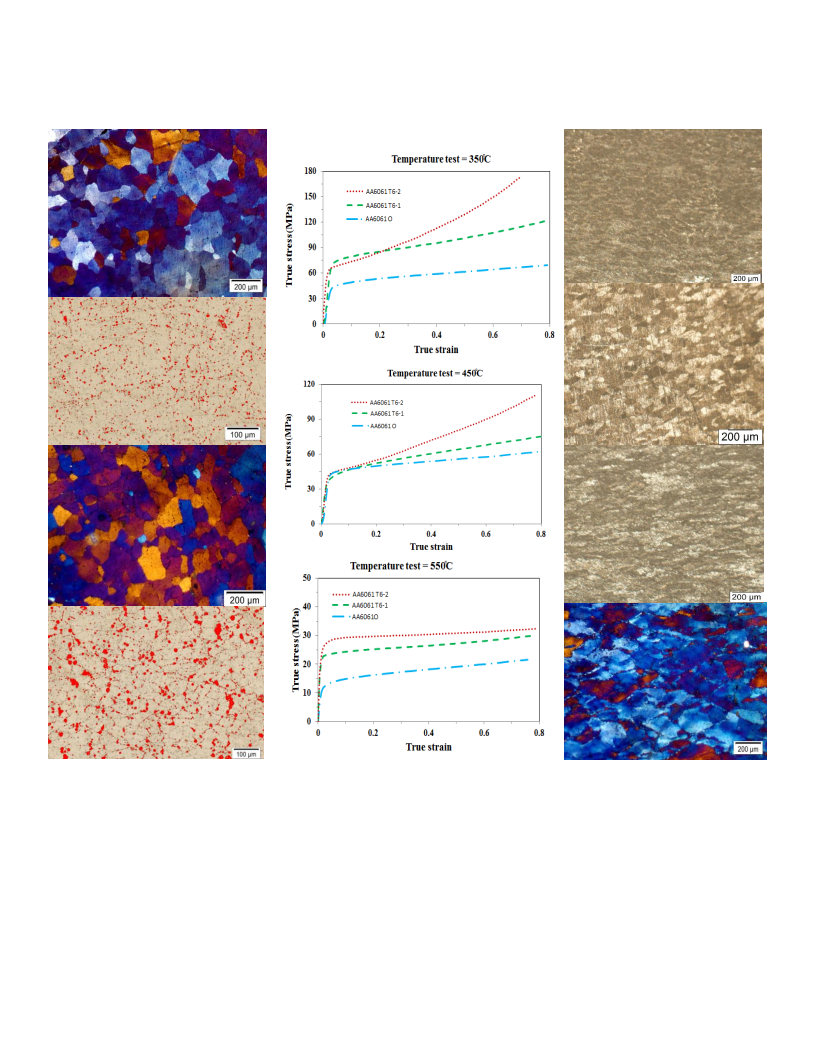Sat, Jul 19, 2025
[Archive]
Volume 18, Issue 2 (June 2021)
P. 1-13
P. 1-17
P. 1-9
Najwa Gouitaa 
 , Lamcharfi Taj-dine
, Lamcharfi Taj-dine 
 , Bouayad Lamfaddal
, Bouayad Lamfaddal 
 , Abdi Farid
, Abdi Farid 
 , Mohamed Ounacer
, Mohamed Ounacer 
 , Mohammed Sajieddine
, Mohammed Sajieddine 


 , Lamcharfi Taj-dine
, Lamcharfi Taj-dine 
 , Bouayad Lamfaddal
, Bouayad Lamfaddal 
 , Abdi Farid
, Abdi Farid 
 , Mohamed Ounacer
, Mohamed Ounacer 
 , Mohammed Sajieddine
, Mohammed Sajieddine 

P. 1-7
P. 1-11
P. 1-11
P. 1-12
P. 1-12
P. 1-26
P. 1-12
P. 1-9








